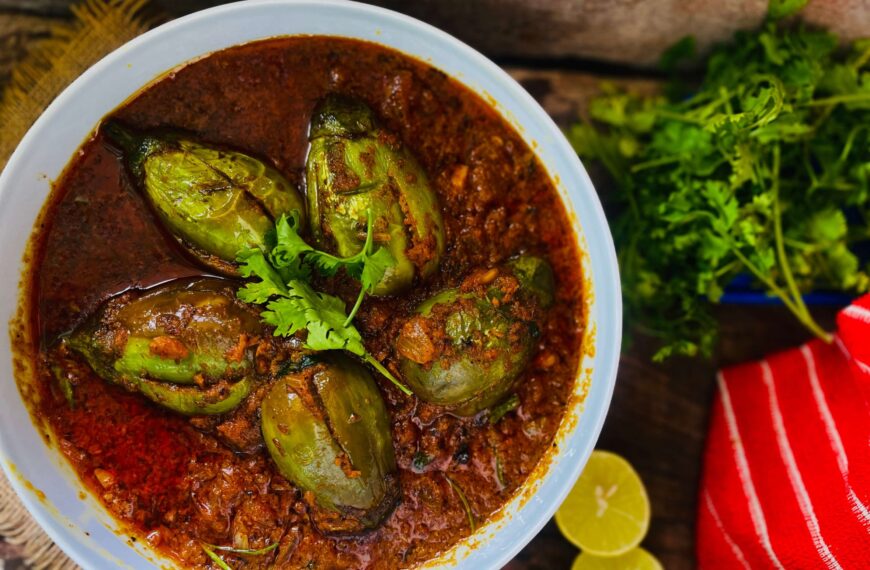The agrarian peasant-landlord clashes that turned feudalism on its head in Kerala provided a fertile hunting ground for Communists. And this erstwhile fief of the12th Century Hindu Kolathiri Rajahs and the 17th century Muslim Sultanate of Arakkal soon became the nurturing ground of great political activism. The spread of Communism and the birth of the Communist Party India-Marxists (CPM) in the sixties changed the political scenario dramatically. Kannur became its strongest bastion with more than seventy percent of the panchayats voting CPM. And when the Rashtriya Seva Sangh (RSS) began to make its determined foray into Kerala and CPM strongholds, it does seem that Kannur saw the dawn of violent communal politics. Sreelata analyses the reasons for the bloodbath, exclusively in Different Truths.
Payyambalam beach, the epitome of serenity and calm, stretches for almost two km along the coastline of the Arabian Sea that skirts the erstwhile town of Cannanore, now, presently back to its roots, as Kannur. With the green of the Western Ghats as a backdrop and the blue of the Lakshadweep Sea lapping its  shores, Kannur is blessed with a wealth of natural beauty, the kind that makes Kerala truly incredible. It has not only lovely beaches and bays but also many architectural monuments – forts, mosques, temples, churches – with Arabic, Portuguese, Dutch and British overtones dating back to the 16th century. They stand testimony to the various influences that have over the centuries made Kannur an important port of call not only commercially but militarily as well. Renowned for its wood it is also where King Solomon is said to have come to gather timber for his ‘Temple of the Lords’.
shores, Kannur is blessed with a wealth of natural beauty, the kind that makes Kerala truly incredible. It has not only lovely beaches and bays but also many architectural monuments – forts, mosques, temples, churches – with Arabic, Portuguese, Dutch and British overtones dating back to the 16th century. They stand testimony to the various influences that have over the centuries made Kannur an important port of call not only commercially but militarily as well. Renowned for its wood it is also where King Solomon is said to have come to gather timber for his ‘Temple of the Lords’.
But this ancient city equally rich in tradition and culture also sits strangely at odds with its reputation as a violence-torn town
It not only boasts of a continued trend in bloody warfare since the days of the British and before, but it continues to do so even today. History records its determined fight against the advent of Hyder and Tipu into its domain which eventually dovetailed into a ferocious all-out battle against the might of the British with the Pazhassi Raja of Kottayam ultimately showing the way. It is perhaps this characteristic of militant supremacy that has led the proud and untamed people of Kannur to later turn against their often merciless and ruthless landlords as well. The agrarian peasant-landlord clashes that turned feudalism on its head in Kerala provided a fertile hunting ground for communists. And this erstwhile fief of the12th Century Hindu Kolathiri Rajahs and the 17th century Muslim Sultanate of Arakkal soon became the nurturing ground of great political activism.
The spread of Communism and the birth of the Communist Party India-Marxists (CPM) in the sixties changed the political scenario dramatically. Kannur became its strongest bastion with more than seventy percent of the panchayats voting CPM. And when the Rashtriya Seva Sangh (RSS) began to make its determined foray into Keral a and CPM strongholds, it does seem that Kannur saw the dawn of violent communal politics for the first time.
a and CPM strongholds, it does seem that Kannur saw the dawn of violent communal politics for the first time.
Largely going unnoticed by the rest of the country, Kannur is today witness to a spate of merciless political killings that beggars belief. That it should be happening in a state known for its religious harmony is also something quite unfathomable. Purportedly aided by its grassroots cadre of Mopplah (Muslim) backed supporters-businessmen who feel threatened by the entry of saffron backed capitalists from nearby states, the CPM- who was initially and still ostensibly the champion of the working classes, has sought to violently and brutally thwart every attempt by the RSS-BJP combine to establish a base in Kerala –actually started and continued ever since the 1940s, when the RSS tried with a few rallies to gain a foothold in God’s own Country. Today, anyone who dares to leave the CPM fold is supposedly termed a deserter or an informant and allegedly ripe for murder.
deserter or an informant and allegedly ripe for murder.
Not to be found lagging in the cruelty stakes the RSS-BJP combine too have retaliated aggressively over the years with equal brutality.
Since hacking a political rival to death in front of his/her children and family is apparently passé the recent past has seen hundreds of activists from both sides being brutally scythed, torched or lynched in a manner that outdoes the Italian mafia. Notwithstanding the scores arrested or injured, at last count, more than 300 political lives have been lost in this manner.
And in this race for one-upma nship, the CPM attempts to justify its violence as being necessary to protect the minorities from being attacked by the RSS/BJP and vice versa. Each desperately in turn threatening and wooing the various resident communities for support. Even if it is by committing dastardly murders.
nship, the CPM attempts to justify its violence as being necessary to protect the minorities from being attacked by the RSS/BJP and vice versa. Each desperately in turn threatening and wooing the various resident communities for support. Even if it is by committing dastardly murders.
Strangely, these killings have not affected the lives of anyone other than those who supposedly belong to one party or the other. The others killed or affected (families) are collateral damage. Even more amazing is the fact that this sustained bloodbath has not affected tourists from flocking to Kannur. The Kerala Tourism statistics indicate numbers steadily going up north rather than south. Lovely upmarket villas, BnBs, and resorts dot the skyline where tourists both international and domestic are found to be enjoying whatever Kannur has to offer by way of normal tourist fare. The only time they are inconvenienced is when everything shuts down for strikes or bandhs called by one party or the other.
to offer by way of normal tourist fare. The only time they are inconvenienced is when everything shuts down for strikes or bandhs called by one party or the other.
But all said and done if allowed to gather further momentum this kind of communal vendetta and revenge politics can in the long run only spell more disaster. In their fight for supremacy, it is hoped that these political leaders will see reason sooner than later before inhumanly turning Kerala’s Kannur the land of looms and lores – known for its fine weaving industry, its cultural and folk arts – into what is already being referred to as the killing fields of the south.
©Sreelata Menon
Photos from the internet.
#Kannur #HistoryOfKannur #KannurKerela #BloodyHistoryOfKannur #PoliticalClashInKannur #BeautifulKannur #DifferentTruths




 By
By
 By
By